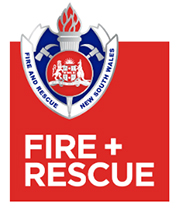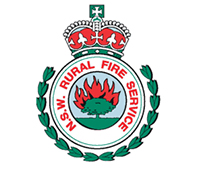Fire Safety
Li'l Larikkins1. Total Fire Ban
Bush fires can occur at any time, but are more likely and can be more dangerous in particular areas and certain times of the year. During bush fire season, restrictions are placed on various activities to help reduce the risk of a bush fire starting. Some days will be declared ‘Total Fire Ban’ days due to a combination of factors that increase bush fire risks.
2. What is a spot fire?
The ‘What is a spot fire?’ safety message explores the issues of spot fires being created by flying embers and sparks. Spot fires can cause major damage to properties. It is important to protect your home from this risk by covering gaps and drainpipes where embers or sparks might cause a fire.
3. Accidents Happen
‘Accidents happen’ highlights the key message that fires can be started accidentally, so being cautious and thinking before acting is important. Often people are unaware that campfires, barbeques, fire pits or anything that causes sparks can be considered bushfire threats, especially on Total Fire Ban days.
4. Preparing for an emergency
Students explore the importance of having a box or bag prepared with items of significant or emotional value in the case of a bushfire threat. This box doesn’t need to contain emergency items (like the emergency kit) but rather items such as photos, important documents or anything of significant personal value that wouldn’t be safe in the home. This lesson is an opportunity to discuss the home bush fire survival plan and the importance of leaving early.
5. Emergency Batteries
The importance of being prepared for a bush fire event is paramount, the need to have spare, working batteries in the event of losing electricity in and emergency. Students explore the idea of an ‘Emergency Kit’ which includes essential items needed by homes during and after an event.
6. Know the school plan
Students explore the importance of knowing and remembering the school’s emergency plan. When there is a bush fire threat, there is always the possibility it may be a school day, therefore all students should know the school (and home) emergency plan. It is a good opportunity to revisit emergency plans and have all stakeholders, including parents, up to date with the school policy.
7. Raking up twigs and leaves
It is important to ensure that vegetation and rubbish are cleared away from homes. Reducing and removing long grass, dead branches, leaves and twigs within a 20 metre radius of buildings and five metres of sheds and garages will help in protecting property.
8. Off to the tip
The safety message explored in ‘Off to the tip’ highlights the importance of preparing for bush fire season. Preparing includes managing flammable materials, close to homes and buildings. Flammable materials could include bark, leaves, twigs and heavy mulch.




